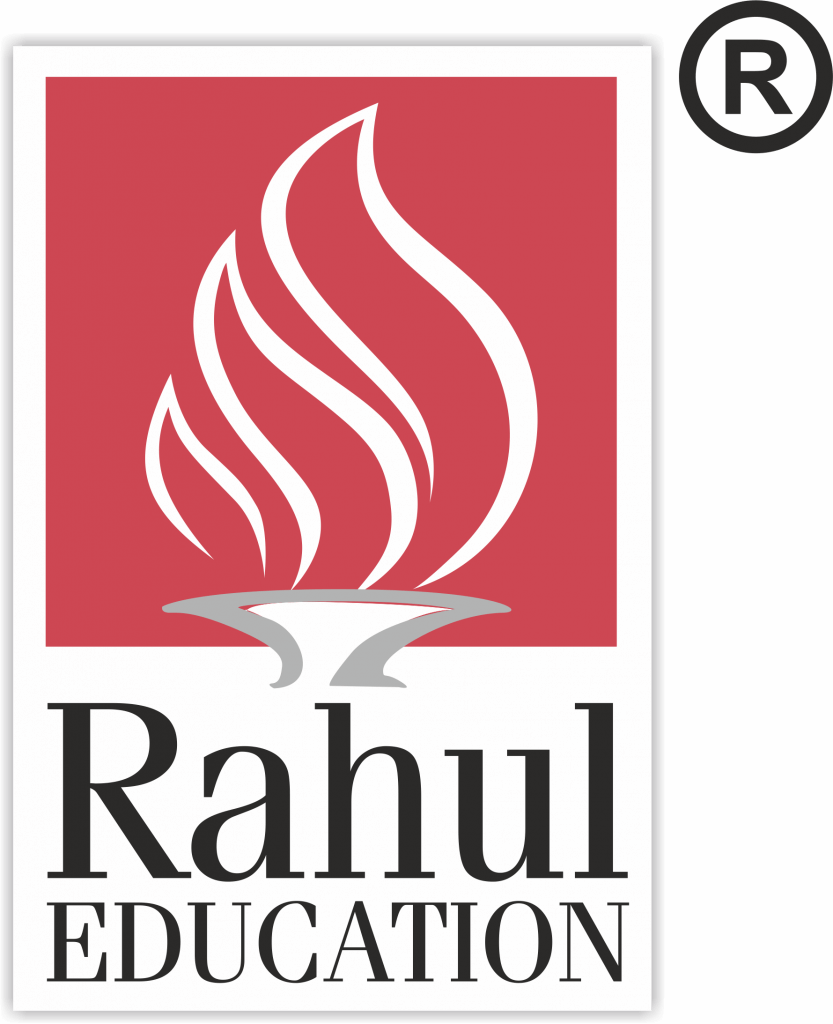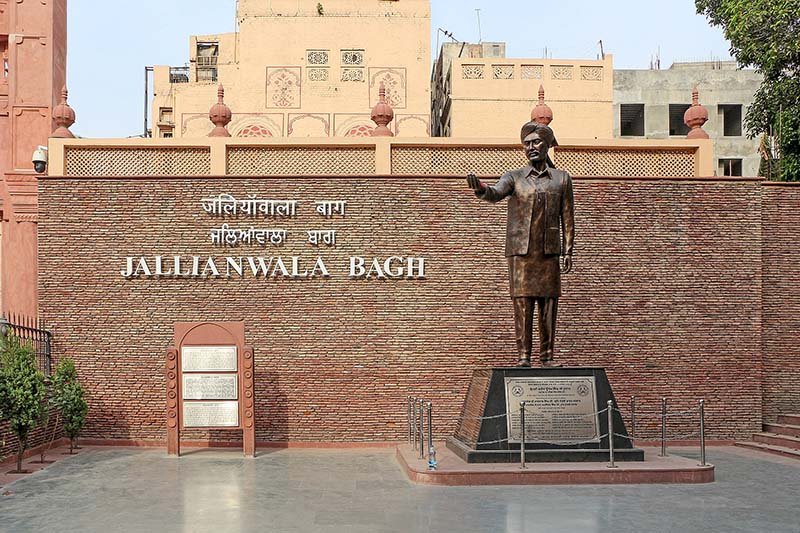The Jallianwala Bagh Massacre, also known as the Amritsar Massacre, occurred on April 13, 1919, when British troops opened fire on a large crowd of unarmed Indians in an open space known as the Jallianwala Bagh in Amritsar, Punjab region (now Punjab state) of India, killing several hundred people and injuring many more. It was the forerunner to Mohandas (Mahatma) Gandhi’s full devotion to the cause of Indian nationalism and independence from Britain, and it marked a turning point in India’s modern history in that it left a permanent scar on Indo-British relations.
The British government of India implemented a succession of oppressive emergency powers to fight subversive activity during World War I (1914–18). By the end of the war, the Indian people had high hopes that such restrictions would be relaxed and that India would be allowed more political autonomy. In reality, the Montagu-Chelmsford Report, which was presented to the British Parliament in 1918, recommended limited local autonomy. Instead, in early 1919, India’s government introduced the Rowlatt Acts, which essentially reinforced the country’s restrictive wartime laws.
Indians, particularly in the Punjab region, were outraged and dissatisfied by the conduct. In early April, Gandhi called for a nationwide one-day mass strike. The news that prominent Indian leaders had been arrested and expelled from the city sparked violent protests in Amritsar on April 10, during which soldiers opened fire on civilians, buildings were looted and burned, and angry mobs killed several foreign nationals and severely beaten a Christian missionary. The mission of restoring order was assigned to an unit of a few dozen troops led by Brig. Gen. Reginald Edward Harry Dyer. A prohibition on public gatherings was one of the measures adopted.
On April 13, at least 10,000 men, women, and children congregated in the Jallianwala Bagh, which was nearly fully surrounded by walls and had only one exit. It’s unclear how many demonstrators defied the restriction on public gatherings and how many people had traveled to the city from the surrounding region to celebrate Baisakhi, a spring festival. Dyer and his soldiers arrived and shut the door behind them. The forces opened fire on the gathering without warning, reportedly firing hundreds of bullets until they ran out of ammunition. It’s unclear how many people died in the carnage, but according to one official source, 379 people were killed and 1,200 more were injured. The troops fled from the area as soon as they stopped firing, leaving behind the dead and wounded.
Following the shooting, Punjab declared martial law, which included public floggings and other humiliations. As word of the shooting and subsequent British actions circulated across the subcontinent, Indian fury mounted. Rabindranath Tagore, a Bengali poet, and Nobel winner, resigned from the knighthood he had received in 1915. Gandhi was hesitant to act at first, but his first large-scale and prolonged peaceful protest (satyagraha) campaign, the non-cooperation movement (1920–22), propelled him to prominence in the Indian nationalist fight.
The incident was investigated by the Indian government (the Hunter Commission), which censured Dyer for his actions and forced him to resign from the military in 1920. The incident elicited diverse reactions in the United Kingdom. In a speech to the House of Commons in 1920, Sir Winston Churchill, then-Secretary of State for War, denounced Dyer’s actions, but the House of Lords commended him and presented him with a sword embossed with the inscription “Saviour of Punjab.” Dyer’s sympathizers also raised and presented him with a considerable sum of money. Amritsar’s Jallianwala Bagh site has been designated as a national monument.


